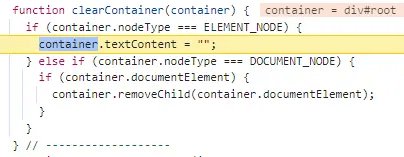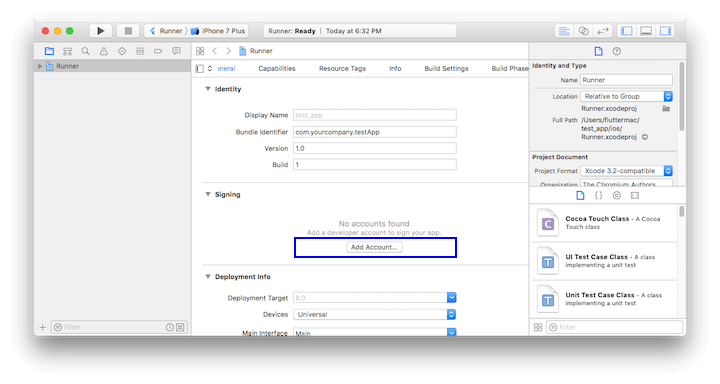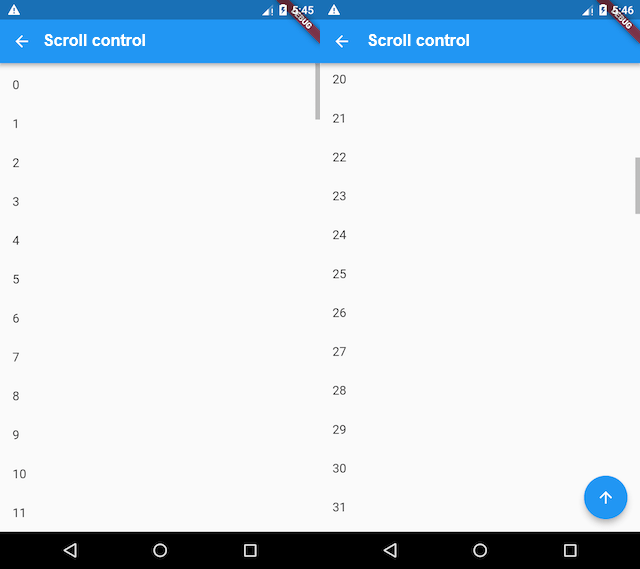The C++ Standard Template Library (STL) offers a set of powerful container classes for storing and manipulating collections of data. Different containers have unique characteristics and application scenarios, so choosing the right container is crucial for both performance and code readability. For developers new to C++, understanding the basics and characteristics of these containers is an important step towards efficient programming. This article will provide a detailed introduction to the commonly used C++ containers, including sequence containers (std::vector, std::array, std::list, std::deque), associative containers (std::set, std::map), and unordered containers (std::unordered_set, std::unordered_map), thoroughly analyzing their features, usage, applicable scenarios, and common operations.
1. Classification of C++ Containers
C++ containers are generally divided into three categories based on their usage:
Sequence Containers
Elements are stored in sequence.
Supports dynamic resizing and sequential access.
Includes: std::vector, std::array, std::deque, std::list.Associative Containers
Elements are stored as key-value pairs, typically for efficient searching.
Data is stored in order, implemented as a balanced binary tree (e.g., red-black tree).
Includes: std::set, std::map, std::multiset, std::multimap.Unordered Containers
Elements are stored in a hash table, offering better lookup performance than associative containers but with unordered data.
Includes: std::unordered_set, std::unordered_map.
2. Analysis of Sequence Containers
Sequence containers store elements in the order they are inserted and are suitable for scenarios that require frequent access or maintaining order.
1. std::vector Introduction
std::vector is a dynamic array that supports automatic resizing and random access, suitable for scenarios requiring frequent random access. It is one of the most commonly used containers for beginners, as its usage is similar to a normal array but with dynamic memory management.
Features
Dynamic Resizing: The size of std::vector adjusts dynamically based on demand. When the number of elements exceeds the current capacity, it automatically allocates more memory to accommodate the new elements.
Contiguous Storage: Data is stored in a contiguous memory block, providing high access performance and better traversal efficiency than non-contiguous storage containers like linked lists.
Insertion and Deletion Efficiency:
Efficient at the End: Adding or removing elements at the end of the vector has a time complexity of O(1), making it very efficient.
Inefficient in the Middle: Inserting or deleting elements in the middle is inefficient, with a time complexity of O(n), as elements must be moved to make space.
Common Operations
| Operation | Method | Description |
|---|---|---|
| Add element | push_back() | Insert an element at the end. |
| Remove last element | pop_back() | Remove the last element. |
| Insert element | insert(iterator, value) | Insert an element at a specified position. |
| Remove specified element | erase(iterator) | Remove an element at a specified position. |
| Random access to element | operator[] or at() | Access an element at a specific index. |
| Get size | size() | Return the current number of elements. |
| Check if empty | empty() | Check if the container is empty. |
Example Code
#include <vector>
#include <iostream>
int main() {
std::vector<int> vec = {1, 2, 3};
vec.push_back(4); // Add element 4 at the end.
vec[1] = 20; // Change the second element to 20.
vec.insert(vec.begin() + 2, 10); // Insert element 10 at index 2.
vec.erase(vec.begin() + 1); // Remove element at index 1.
for (int val : vec) {
std::cout << val << " ";
} // Output: 1 10 3 4
return 0;
}Applicable Scenarios
std::vector is suitable for scenarios where frequent random access or adding/removing elements at the end of the container is required, such as handling a dynamically changing set of numbers or managing a to-do list.
2. std::array Introduction
std::array is a statically sized array, where the size is determined at compile time. Its usage is very similar to a regular C-style array but provides safer and more convenient operations.
Features
Lightweight and Efficient: std::array is statically allocated, so it does not involve dynamic memory allocation, making it highly efficient.
Fixed Size: The size of the array is determined at compile time, so dynamic resizing is not supported, making it suitable for known-size data sets.
Efficient Random Access: Accessing any element has a time complexity of O(1), similar to a regular array.
Common Operations
| Operation | Method | Description |
|---|---|---|
| Access element | operator[] or at() | Random access to an element. |
| Get size | size() | Return the fixed size of the array. |
| Get front/back element | front() / back() | Get the first or last element. |
| Fill all elements | fill(value) | Fill the entire array with a specific value. |
Example Code
#include <array>
#include <iostream>
int main() {
std::array<int, 4> arr = {1, 2, 3, 4};
arr[2] = 10; // Modify the third element to 10.
for (int val : arr) {
std::cout << val << " ";
} // Output: 1 2 10 4
return 0;
}Applicable Scenarios
std::array is suitable for situations where the size is fixed and known in advance, such as storing RGB values or data for a fixed-size matrix.
3. std::list Introduction
std::list is a doubly linked list, suitable for scenarios that require frequent insertion and deletion operations in the middle of the container. In a linked list, each element has pointers to its previous and next elements, making insertions and deletions very efficient at any position.
Features
Efficient Insertion and Deletion: Inserting or deleting elements in a list has a time complexity of O(1), as there is no need to move other elements like in vectors.
Inefficient Random Access: Since a linked list does not store elements contiguously, it is inefficient for random access. Accessing an element requires traversing the list from either end, which is slow.
Common Operations
| Operation | Method | Description |
|---|---|---|
| Add element | push_front() / push_back() | Add element at the front or end of the list. |
| Remove element | pop_front() / pop_back() | Remove element from the front or end. |
| Insert element | insert(iterator, value) | Insert element at a specific position. |
| Remove specified element | erase(iterator) | Remove element from a specific position. |
Example Code
#include <list>
#include <iostream>
int main() {
std::list<int> lst = {1, 2, 3};
lst.push_back(4); // Add element 4 at the end.
lst.insert(std::next(lst.begin(), 1), 10); // Insert element 10 at the second position.
lst.pop_front(); // Remove the first element.
for (int val : lst) {
std::cout << val << " ";
} // Output: 10 2 3 4
return 0;
}Applicable Scenarios
std::list is ideal for situations where frequent insertion and deletion operations are required, especially when the data set is large and flexible adjustments are needed, such as managing network nodes or implementing complex caching algorithms.
4. std::deque Introduction
std::deque (double-ended queue) supports fast insertion and deletion at both ends. It combines the advantages of std::vector and std::list.
Features
Efficient Double-Ended Operations: Both front and back operations have a time complexity of O(1).
Supports Random Access: Like std::vector, deque supports direct access via indices, although its underlying storage is not a single contiguous block of memory.
Common Operations
| Operation | Method | Description |
|---|---|---|
| Add element | push_front() / push_back() | Add element at the front or end of the deque. |
| Remove element | pop_front() / pop_back() | Remove element from the front or end. |
| Random access element | operator[] or at() | Access element at a specific index. |
Example Code
#include <deque>
#include <iostream>
int main() {
std::deque<int> dq = {1, 2, 3};
dq.push_front(0); // Add element 0 to the front
dq.push_back(4); // Add element 4 to the back
// Iterate and output elements
for (int val : dq) {
std::cout << val << " ";
} // Output: 0 1 2 3 4
return 0;
}Use Cases
std::deque is suitable for scenarios requiring frequent insertion and deletion of data at both ends, such as simulating queues or implementing double-ended caches.
3. Associative Containers Overview
Associative containers store key-value pairs and are typically used for efficient search, insertion, and deletion.
1. std::set
Introduction
std::set is a container designed for storing unique elements. It is implemented using a red-black tree and provides automatic sorting.
Features
Ordered Storage: Elements are stored in ascending order, ensuring data is sorted.
Efficient Lookup: Uses a balanced binary tree, providing time complexity for search, insertion, and deletion.
Uniqueness: Guarantees no duplicate elements.
Common Operations
| Operation | Method | Description |
|---|---|---|
| Add Element | insert(value) | Inserts an element |
| Delete Element | erase(iterator) | Deletes a specified element |
| Find Element | find(value) | Checks if an element exists |
Sample Code
#include <set>
#include <iostream>
int main() {
std::set<int> s = {3, 1, 4};
s.insert(2); // Insert element 2
s.erase(1); // Delete element 1
// Iterate and output elements
for (int val : s) {
std::cout << val << " ";
} // Output: 2 3 4
return 0;
}Use Cases
std::set is ideal for scenarios where data uniqueness and ordered storage are critical, such as storing user IDs or tracking unique values.
2. std::map
Introduction
std::map is a key-value pair container similar to a dictionary. It uses a red-black tree to store elements in sorted order by their keys.
Features
Ordered Storage: Key-value pairs are stored in order of their keys.
Efficient Lookup: Search, insertion, and deletion have time complexity.
Unique Keys: Ensures each key is unique.
Common Operations
| Operation | Method | Description |
|---|---|---|
| Add Element | operator[] or insert() | Add or update key-value pairs |
| Delete Element | erase(iterator) | Delete an element by key |
| Find Element | find(key) | Check if a key exists |
Sample Code
#include <map>
#include <iostream>
int main() {
std::map<int, std::string> m = {{1, "one"}, {2, "two"}};
m[3] = "three"; // Insert key-value pair (3, "three")
// Iterate and output key-value pairs
for (auto& [key, value] : m) {
std::cout << key << ": " << value << std::endl;
}
return 0;
}Use Cases
std::map is suitable for scenarios that require fast lookup of key-value pairs, such as storing user information or reading configuration files.
Summary: Container Selection Guide
| Scenario | Recommended Container |
|---|---|
| Random Access | std::vector |
| Fixed Size and Known Data | std::array |
| Frequent Insertion and Deletion | std::list or std::deque |
| Ordered Storage and Search | std::set or std::map |
| Unordered Storage and Search | std::unordered_set or std::unordered_map |
By mastering the characteristics and usage of these containers, you can efficiently select the most appropriate one for your development needs, enhancing both performance and code readability. For beginners learning C++, understanding these basic features and use cases is a crucial step toward improving programming skills. I hope this article helps you better understand and utilize C++ containers!






